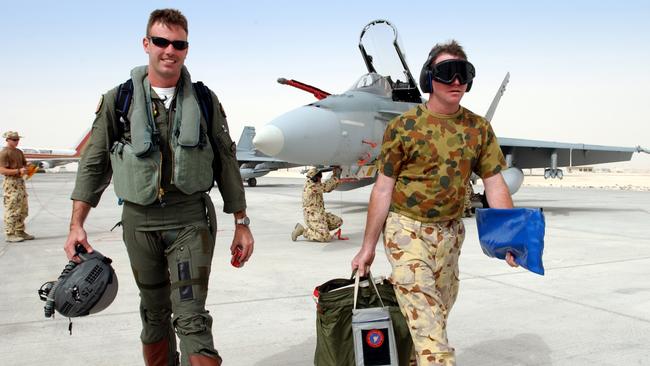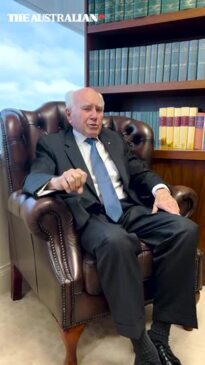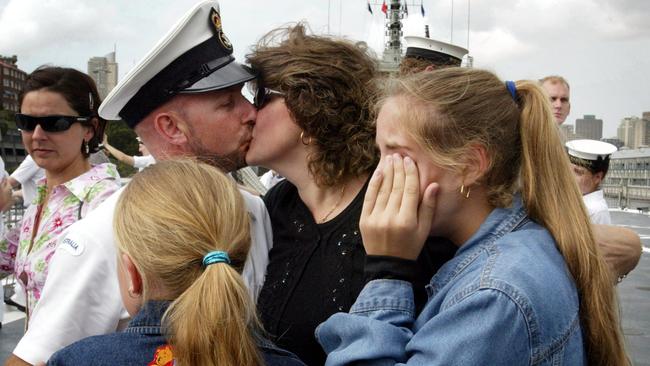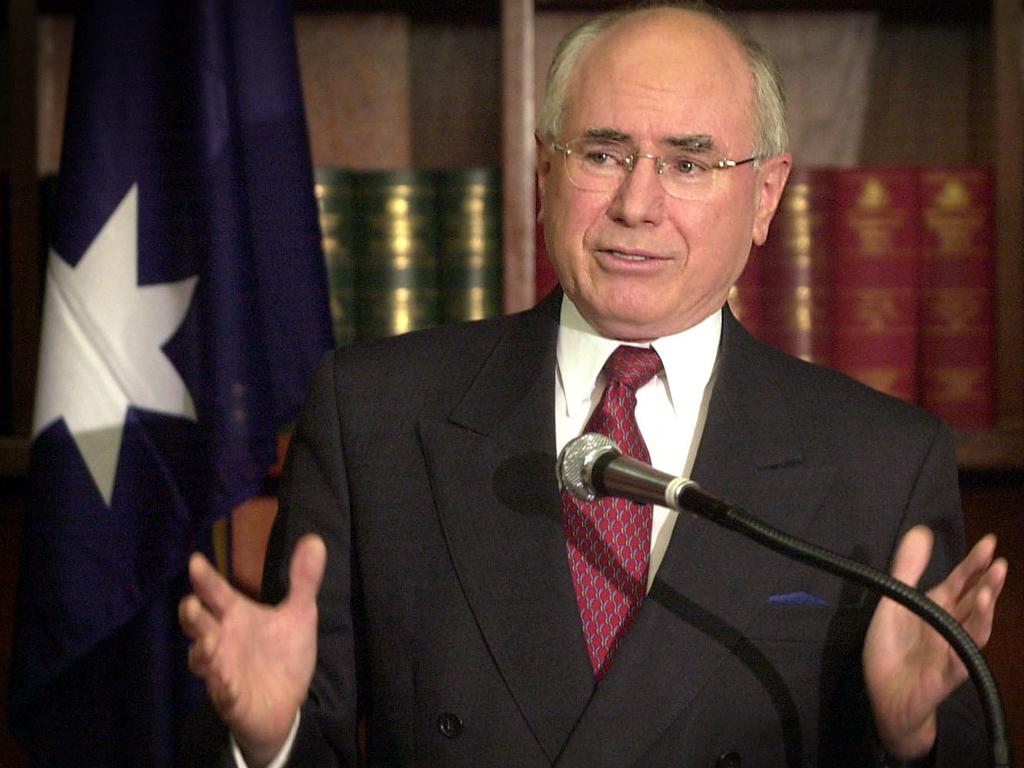Howard government doubles down on Defence spend as Iraq war begins
With the nation still reeling and divided over its role in the US-led invasion of Iraq, the Howard government worked to bolster Defence funding.

With the nation still reeling and divided over its role in the US-led invasion of Iraq, John Howard’s government worked to bolster Defence funding, protect Australia against global threats and make headway in the war on terror.
Amid increasing concern about national security following the invasion and with the war in Afghanistan entering its second year the National Security Committee approved a $1.2bn in capital equipment acquisitions over the forward estimates, cabinet records released by the National Archives of Australia show.
The committee was “concerned at the size of the increase in expenditure proposed in the submission and agreed that a significant reduction in the total amount would be expected” and “options for longer-term efficacy” were being developed, a defence portfolio budget submission dated March 12, 2003, shows.
The threat of terrorism motivated by Islamic extremism also led the committee to agree the government should introduce laws that ensured the “terrorist wing of Hezbollah is listed as a terrorist organisation”. Though it also amended the text of Australia’s national security: a defence update to acknowledge the government was aware the “majority of Muslims hold moderate views”.
Security was also front of mind closer to home, with the government investing in measures to foster peace and security in the Asia-Pacific as the region rebounded from conflict in East Timor, Bougainville in PNG and the Solomon Islanders in the years prior, with Australia playing a role in peacekeeping operations.

It committed to provide a second tranche of $20m in funding to PNG to “provide financial and technical support” for reforms to its defence force.
Australia also pulled out of peacekeeping operations in Bougainville but acknowledged the “situation remains fragile and the peace process is vulnerable”, a cabinet minute from March 25 shows.
The National Security Committee agreed in June the government should consider a framework to protect offshore oil and gas infrastructure in the Timor Sea from the threat of a “future mass casualty and terrorism event”.
Though much remains unknown about the decision to join the US and declare war on Iraq, a cabinet minute signed two days before the invasion of that country refers to “extensive discussions over a period of time with the President of the US”.

“Iraq’s behaviour weakens the global prohibition on the spread of weapons of mass destruction, with the potential to damage gravely Australia’s security,” the document said.
With conflict spreading across the Middle East, the government invested $244m to supplement maintenance of the Collins Class submarine fleet, General Service Vehicles (B Class), F/A-18 combat aircraft, C-130J aircraft and explosive ordnance operating stock in 2023-34, documents show.
Construction of six Collins Class submarines was completed in 2003, with the committee agreeing that the Australian Submarine Corporation would be assigned to maintain them.
Cabinet also agreed Defence could draw down on a further $508.4m between 2007-08 and 2012-13 and receive $46.9m in the 2003-04 financial year to fund “accrued employee leave and compensation liabilities”.
Defence also invested in recruitment and retention, investing $49.8m in progressing towards the goal of bringing 54,000 personnel into the ADF.






To join the conversation, please log in. Don't have an account? Register
Join the conversation, you are commenting as Logout